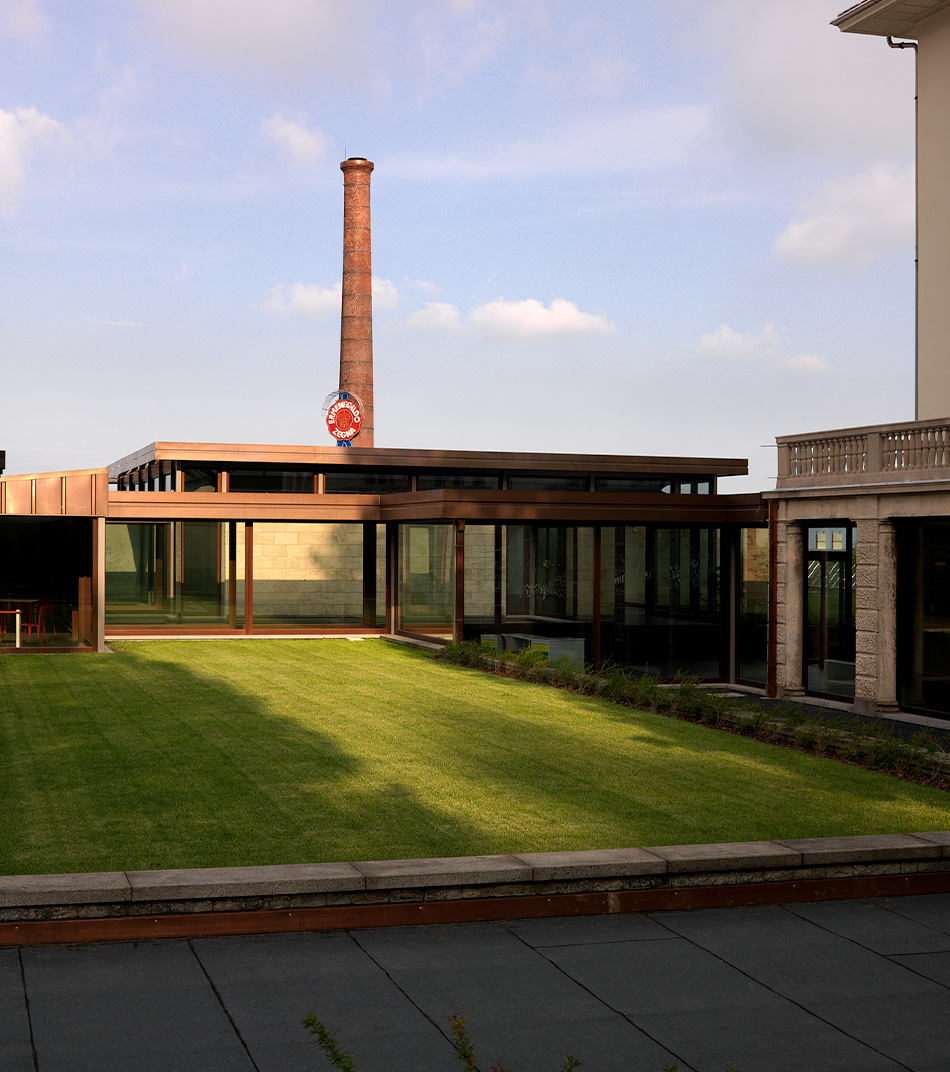The collection of samples initiated in 1910 by Ermenegildo Zegna in Trivero is not only a rigorous documentation of over a hundred years of history and the stylistic evolution of a company that helped write the history of Made in Italy. With the acquisition of the Agnona, Claude Frères and Heberlein collections in fact, the Zegna Archives now offer an extraordinary repertoire of textile samples featuring all sorts of patterns. From 18th century silk brocades to 19th century lace and veils, from watercolor sketches for printed fabrics to extravagant tapestries, the Zegna Archives have over 300 years of history to share.
But the Archives are a point of departure and not the final destination of the journey. It is here, where a conservation facility has become a center of research and inspiration for Zegna Group’s designers, that tradition and innovation have their roots. A past not only to contemplate and admire but an ever burning flame that’s constantly animating the creative process and thanks to which Italian fabrics are seen as a paragon of quality all over the world, as shown by the success of “Bellissima. The Italy of high fashion, 1945-1968”, the exhibition on high fashion that recently moved from Villa Reale in Monza to the NSU Museum of Art in Fort Lauderdale, Florida.
To find out in what ways the Archives provide an inexhaustible source of inspiration for contemporary designers, we interviewed Augusto Ferraris, who’s been head of the Style Office at Lanificio Ermenegildo Zegna for over 30 years now.
Where can inspiration for a fabric design come from?
It often comes straight from the historical Archives. Leafing through an old 19th century samples collection you sometimes discover colors and patterns that are extraordinary if given a contemporary twist. Recently, at Milano Unica, we presented some fabrics inspired by a volume dated 1887. Other times, inspiration comes unexpected from some object you see, a piece of Murano glass or a painting, for instance. There aren’t any rules: the mind freely interpreting a sensory experience, a visual image say, triggers the creative process. Then imagination, with which we visually project a pattern onto a fabric, giving it new life, is what enables us to create something new.
Do you remember any particularly successful source of inspiration?
The fabric we created for the centenary in 2010 was one of our most successful experiments. Starting with sample no. 1, we reinterpreted the first fabric produced by Ermenegildo Zegna, and one hundred years later it was highly appreciated by the market.
What difficulties can you encounter in the process of re-interpretation?
The main difficulty is the colors and materials. You need a deep understanding of the ways in which raw materials like wool, cashmere or silk absorb color. Fabrics’ weights have also changed with respect to the past. We now work with far lighter fabrics than 50 or 100 years ago, so recreating the same effects or rendering the three-dimensionality of color on a lighter fabric can be a big challenge. But not all difficulties are negative: the results sometimes turn out unexpectedly better than your original idea!
Tradition and innovation: how can these two aspects be merged?
The challenge for us is to make increasingly high performing fabrics to meet our clients’ changing needs, but without compromising the characteristics we’re known for. Innovative fabrics like Cool Effect, Micronsphere, Elements or the very recent Deep Black are examples of ongoing technological research that never loses sight of our roots.
To explore the creative process and get a close up view of the Ermenegildo Zegna Wool Mill and the Historical Archives at Casa Zegna in Trivero, come along to the Spring Days organized by FAI – Fondo Ambiente Italiano, Saturday 19 and Sunday 20 March.


